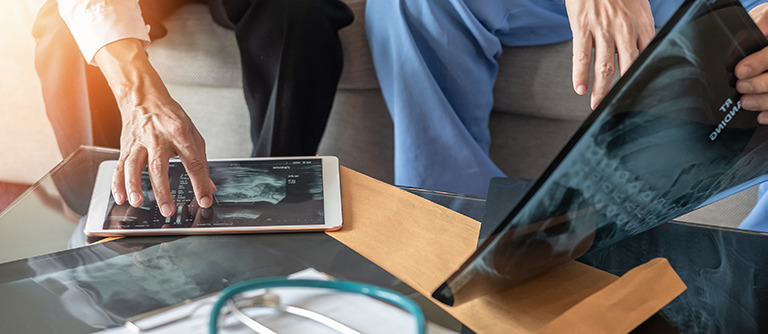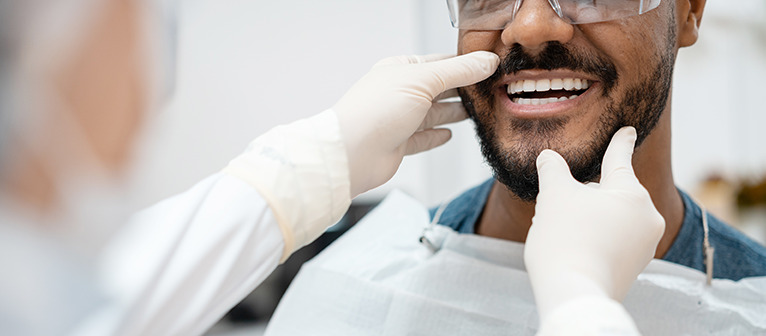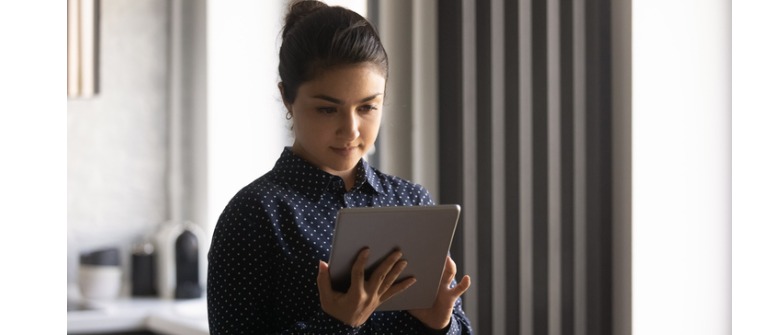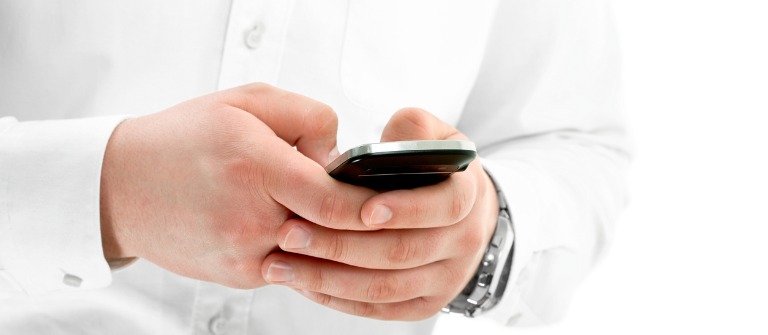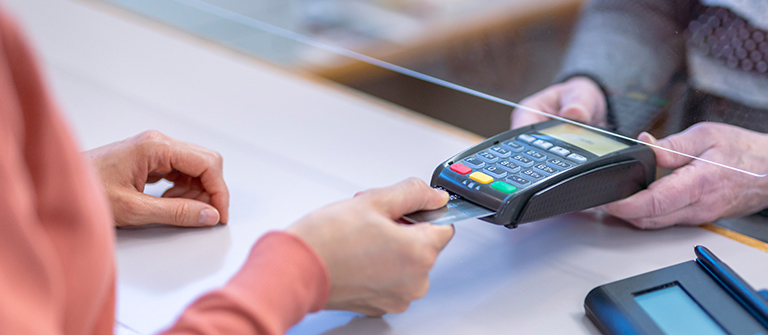Featured Blog
Resource center
Educational resources to help increase patient satisfaction and office efficiency.
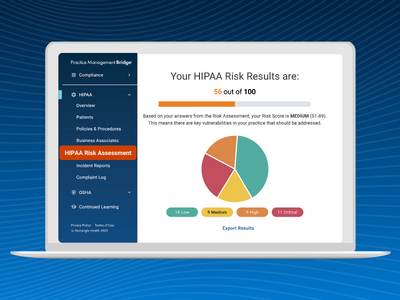
Popular resources
-
OSHA Compliance Tips from a Rock Star Dental Assistant
As a dental assistant with over four decades of experience, Hunter explains how employee safety has evolved over time.
Read more -
12 Tactics to Improve Patient Retention
Healthcare providers who use high-quality patient retention strategies will see patients will return for future appointments.
Read more -
Tips for Sending Appointment Reminders to Patients
Patients tend to book appointments weeks or months in advance. Sending reminders can cut down on no-shows and cancellations.
Read more
Filter by:
Load More
Sign Up
Subscribe to receive email updates.
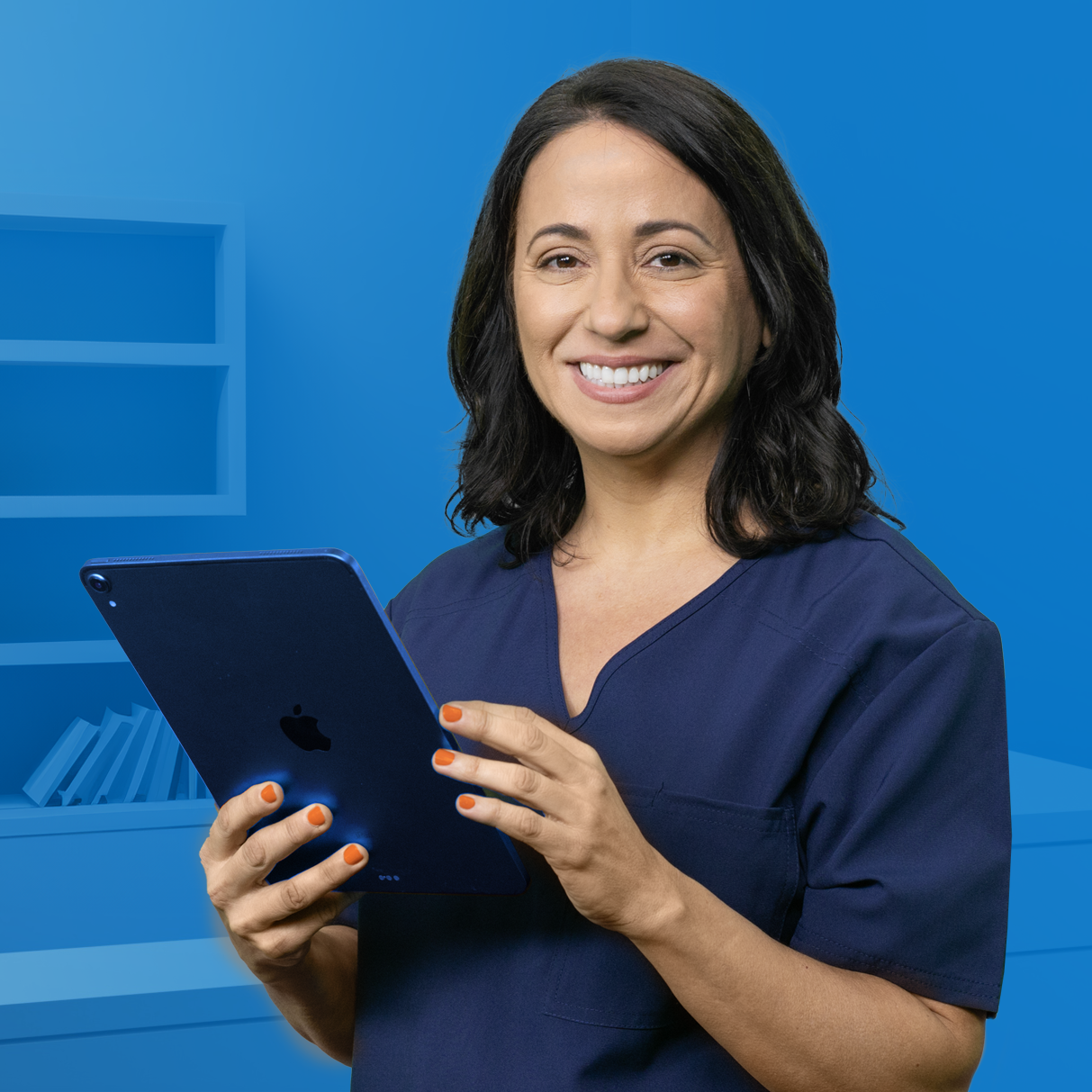
Get started today!
Thousands of providers like you supercharge their front office with Practice Management Bridge. Schedule a call to see how we can help reduce admin work, so you can focus on your patients.
Book a Demo



